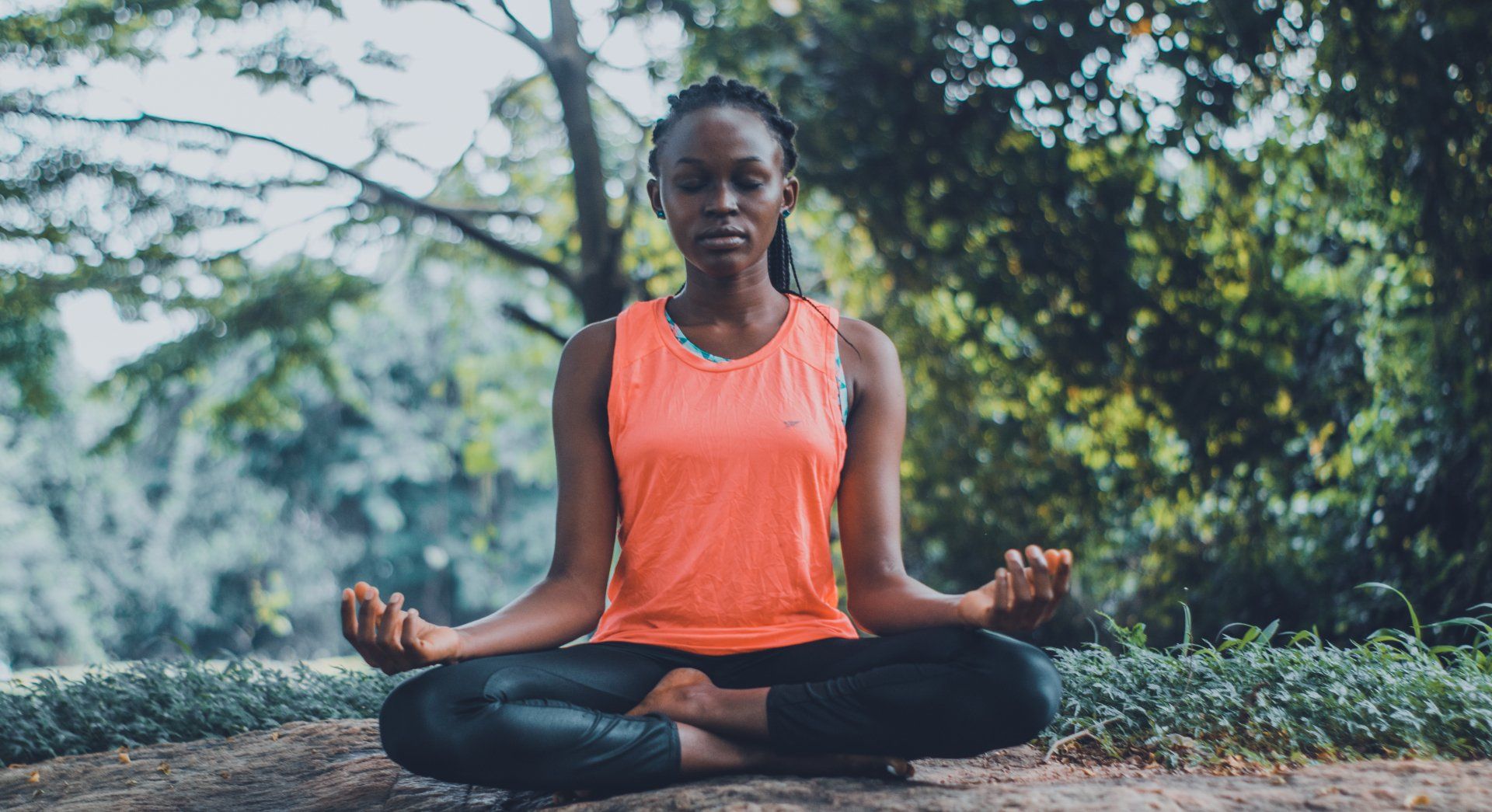Meditation and Mindfulness
Meditation and mindfulness are practices that involve training the mind to focus on the present moment, cultivate awareness, and promote a sense of calm and clarity. While they share similarities, they are distinct practices. Here's an overview of meditation and mindfulness:
Meditation:
1. Types of Meditation:
- Mindfulness Meditation: Focuses on observing thoughts and sensations without attachment or judgment.
- Transcendental Meditation (TM): Involves silently repeating a mantra to achieve a state of relaxed awareness.
- Loving-Kindness Meditation (Metta): Involves generating feelings of love and compassion towards oneself and others.
- Body Scan Meditation: Involves directing attention to different parts of the body, promoting relaxation and awareness.
2. Techniques:
- Focused Attention: Concentrating on a specific object, sound, or breath.
- Open Monitoring: Observing thoughts and sensations without attachment.
- Loving-Kindness: Cultivating feelings of love and goodwill towards oneself and others.
3. Benefits:
- Stress Reduction: Meditation can reduce stress by promoting relaxation and changing the body's response to stressors.
- Improved Focus: Regular meditation practice can enhance concentration and attention.
- Emotional Well-Being: Meditation may contribute to increased emotional resilience and a more positive outlook.
- Mind-Body Connection: It can deepen the awareness of the mind-body connection.
Mindfulness:
1. Definition:
- Mindfulness is a form of meditation but is often practiced as a broader approach to living in the present moment with non-judgmental awareness.
2. Key Aspects:
- Present-Moment Awareness: Paying attention to the current moment without dwelling on the past or worrying about the future.
- Non-Judgmental Observation: Observing thoughts and feelings without attaching labels of "good" or "bad."
- Acceptance: Acknowledging and accepting the reality of the present moment.
3. Applications:
- Mindful Eating: Paying full attention to the sensory experience of eating.
- Mindful Walking: Bringing awareness to each step and the act of walking.
- Mindful Breathing: Focusing on the breath as a way to anchor oneself in the present.
4. Benefits:
- Stress Reduction: Mindfulness practices are effective in reducing stress and promoting relaxation.
- Emotional Regulation: Enhances emotional awareness and the ability to respond to emotions in a measured way.
- Improved Focus and Attention: Strengthens cognitive abilities related to attention and concentration.
- Enhanced Well-Being: Can contribute to an overall sense of well-being and life satisfaction.
Incorporating Meditation and Mindfulness into Daily Life:
- Start Small: Begin with short sessions and gradually increase duration.
- Consistency is Key: Regular, consistent practice yields greater benefits.
- Use Guided Practices: Beginners may find guided meditations helpful.
- Apply Mindfulness in Daily Activities: Bring mindful awareness to routine activities, such as eating, walking, or driving.
Both meditation and mindfulness offer valuable tools for managing stress, improving mental well-being, and cultivating a deeper sense of presence in daily life. Individuals may choose the approach that resonates most with them or integrate elements of both into their routine.
SHARE THIS POST:
Leave a Comment:
Recent Articles:






Revitalize Your Health Now!
Take the first step towards a vibrant life. Schedule your consultation today and let Eaton Chiropractic transform your well-being. Your journey to health starts here!





